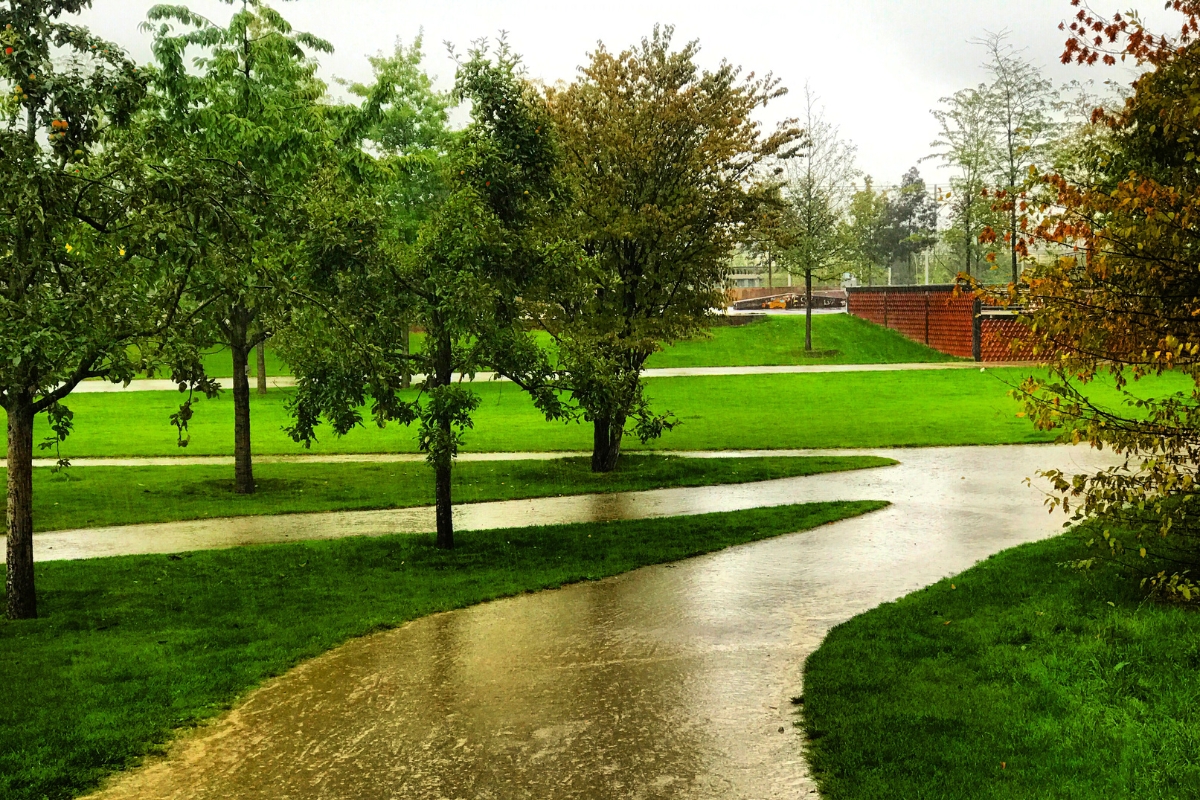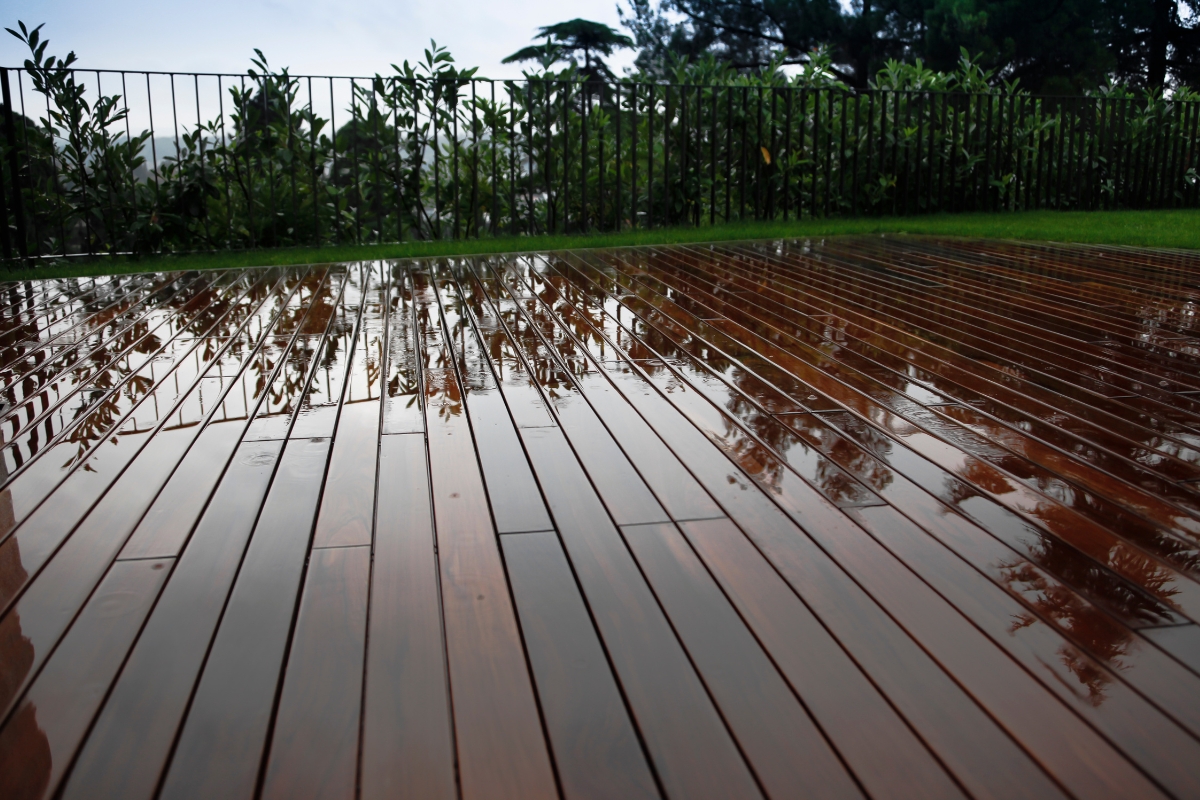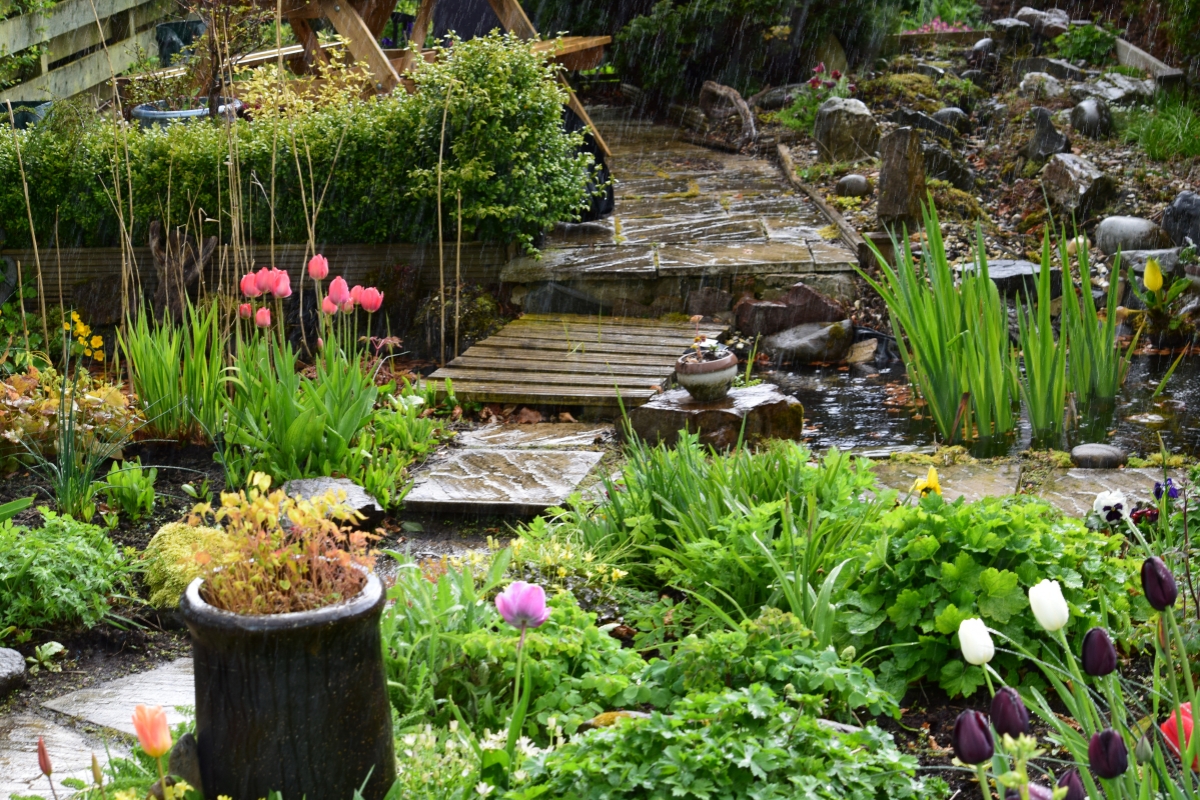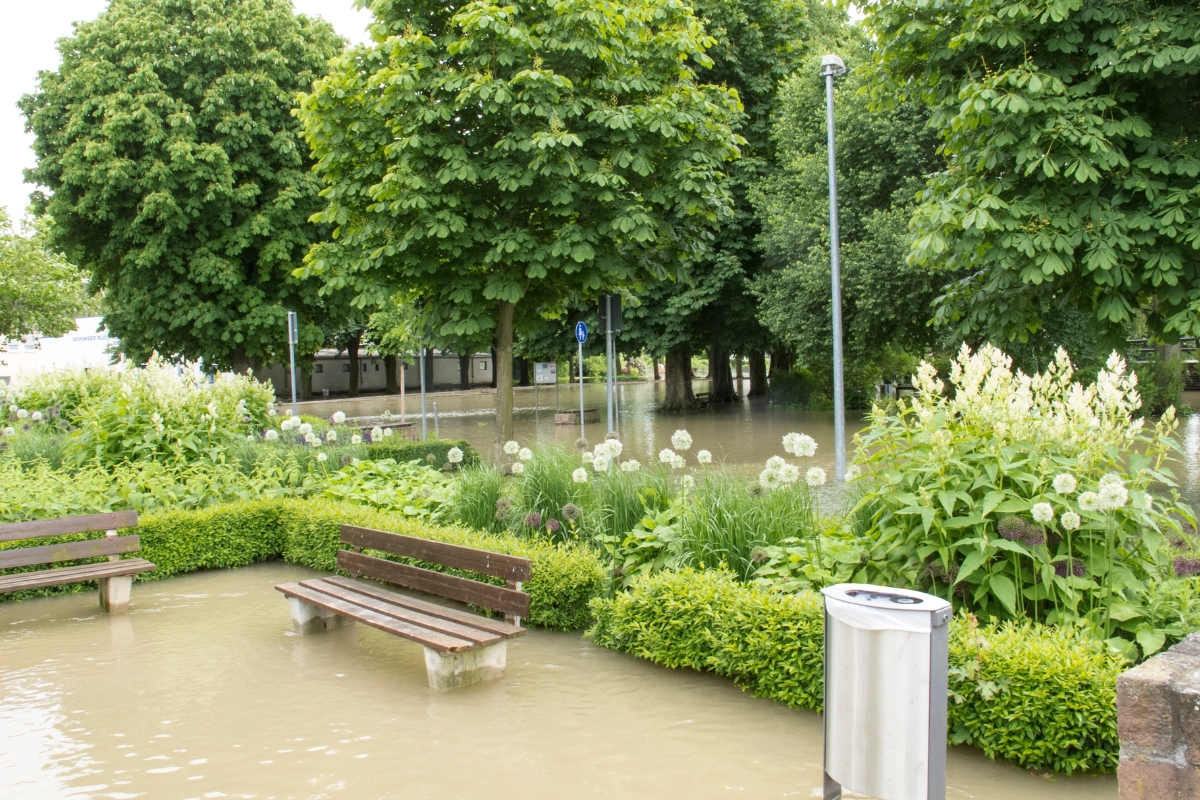In recent years, heavy and frequent rainfall has become the norm in Greater Sydney. With all the extra water, having smart landscape irrigation has become crucial to prevent flooding, erosion, and damage to outdoor areas.
Landscaping features such as decking, paving, and retaining walls can deteriorate faster from standing water, reducing their lifespan and increasing the need for regular maintenance.
Importantly, pools and puddles can become a huge safety concern for any visitors to your property, increasing the risk of slipping and falls whilst they spend time in your outdoor spaces.
By taking the time to implement smart landscape irrigation strategies, you can effectively prevent flooding and ensure that your outdoor spaces remain beautiful and functional, even during the wettest seasons.
How Does Flooding Occur?
Flooding occurs when water accumulates within your garden and spills over onto other parts of the property, such as pavements or streets. Without enough vegetation or porous surfaces to absorb the rain, water quickly flows across gardens and streets. Floodwaters often contain contaminants and pollutants that pose serious health risks and carry them into the water system.
Standing water can also become a health risk as it can become a breeding ground for mosquitoes and other pests, whilst waterlogged areas can lead to mould growth, causing respiratory issues and other health problems.
In fact, urban stormwater runoff is a major contributor to water resource pollution and a common cause of flooding on properties, causing severe damage to buildings, roads, and bridges. The strain on infrastructure and ecosystems has led many cities to implement stormwater runoff fees for property owners.
With that being said, what are some ways to implement smart landscape irrigation and reduce urban flooding on your property?

Improve Your Lawn’s Ability To Soak Up Rain
A boggy lawn is every gardener’s woe. Excess water compacts the soil and drowns the grass, leaving a muddy stretch of brown in place of lush green turf.
One effective way to prevent this is by incorporating a swale into your lawn. A swale is a depression in the landscape, either natural or excavated, that redirects water drainage. To maximise its effectiveness, line the lowest point with rocks and plant deep-rooting vegetation on the slopes. This slows the water’s path to the drain and enhances absorption.
Ensure the swale directs water flow to a safe release area. For regions prone to frequent flooding, direct excess water into a dry well or a garden bed with excellent drainage and high water tolerance. Avoid having a swale drain directly off your property.
Another method to enhance your lawn’s water absorption is aeration. Aerating your lawn creates adequate space in the soil to soak up as much water as possible. For best results, use a plug aerator instead of a fork. Plug aeration not only properly aerates the soil but also breaks down naturally into your lawn’s surface, improving soil structure over time.
Avoid using fake grass, as it does not absorb and drain rainwater as efficiently as natural turf.
Install Decks and Patios With Rainfall In Mind

Improve The Soil Structure Of Your Garden Beds
To improve drainage in your planting beds, start by digging over the soil and incorporating grit. This helps water move more freely through the soil and prevent waterlogging. Adding organic matter will further enhance the soil structure of your flower beds and borders. In the spring, apply a balanced fertiliser followed by a layer of mulch over the root area to maintain soil health and moisture.
When mulching, choose heavier mulches like hardwood to ensure they stay in place during heavy rains. Lighter mulches can float away, leaving your soil unprotected.
If your region experiences a lot of rain, consider swapping out traditional borders for raised garden beds. Raised beds offer better drainage and easier soil management, helping to prevent waterlogging.
Additionally, consider planting species that thrive in wet soil to reduce the risk of damage. There are many plants well-suited for areas prone to water retention, which can help maintain a healthy and attractive garden even in wet conditions.
Create Rain Gardens
Rain gardens are designed to provide areas for water to pool during heavy rainfall, slowly releasing it into the soil and reducing runoff.
When building a rain garden, place plants with the highest wet-soil tolerance in the centre. The edges of the garden will drain more quickly, while the centre remains submerged for longer periods. Using native plants is highly recommended as they require little to no additional watering between rainfall.
Most rain gardens range between 5-10 square meters. Even a small, inexpensive rain garden can significantly reduce flooding and runoff.
To enhance the effectiveness of your rain garden, consider redirecting water from other outdoor areas into the garden. This can be done using a rainwater tank, rain chains, or incorporating a small pond within your garden.

Implementing smart landscape irrigation techniques will help you significantly reduce flooding and runoff within your outdoor spaces, making them beautiful and attractive places to spend time in, even during heavy rain.
Not sure where to start? Star PM can help you conceptualise how to incorporate smart landscape irrigation into your current outdoor areas with our Star Know-How.

